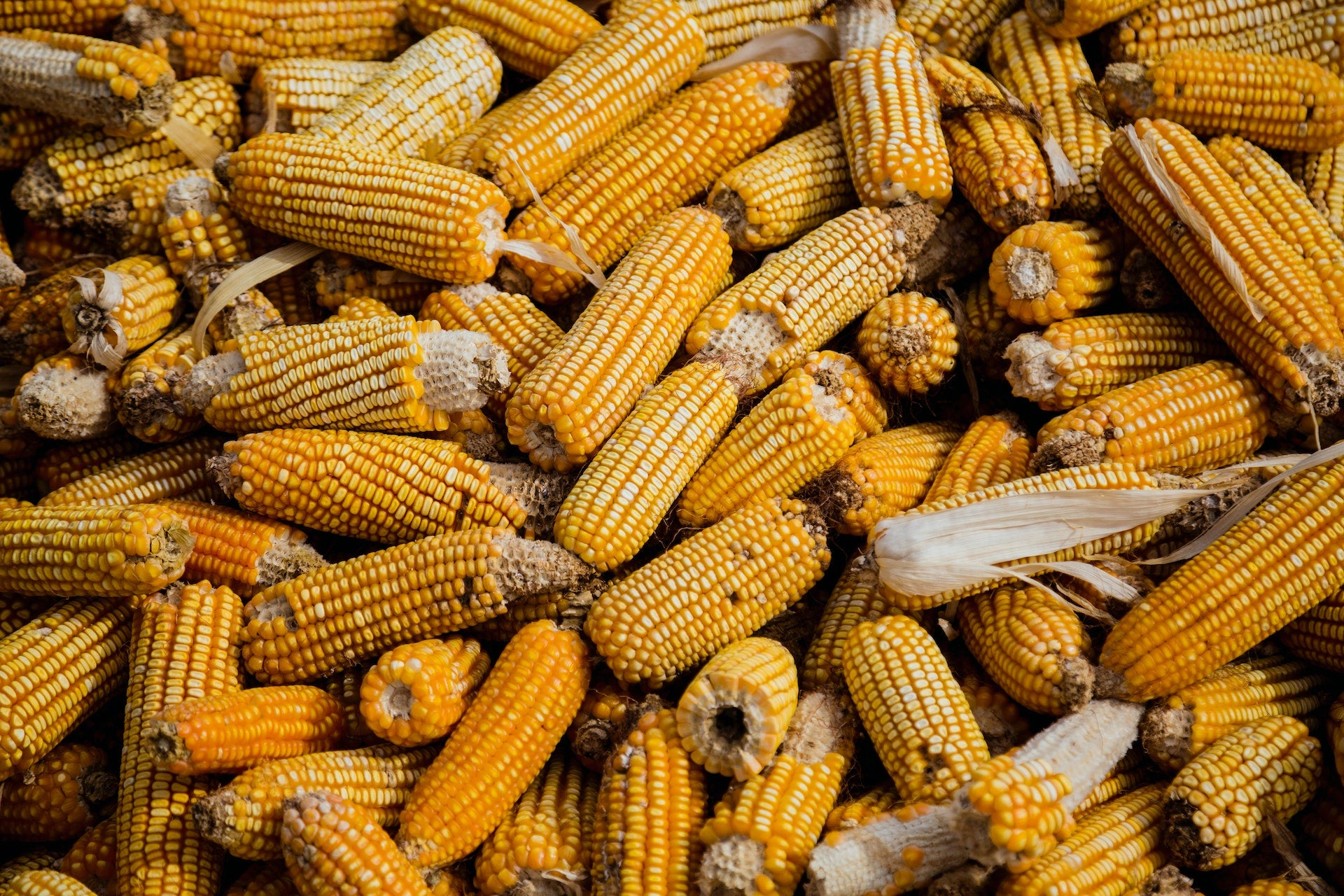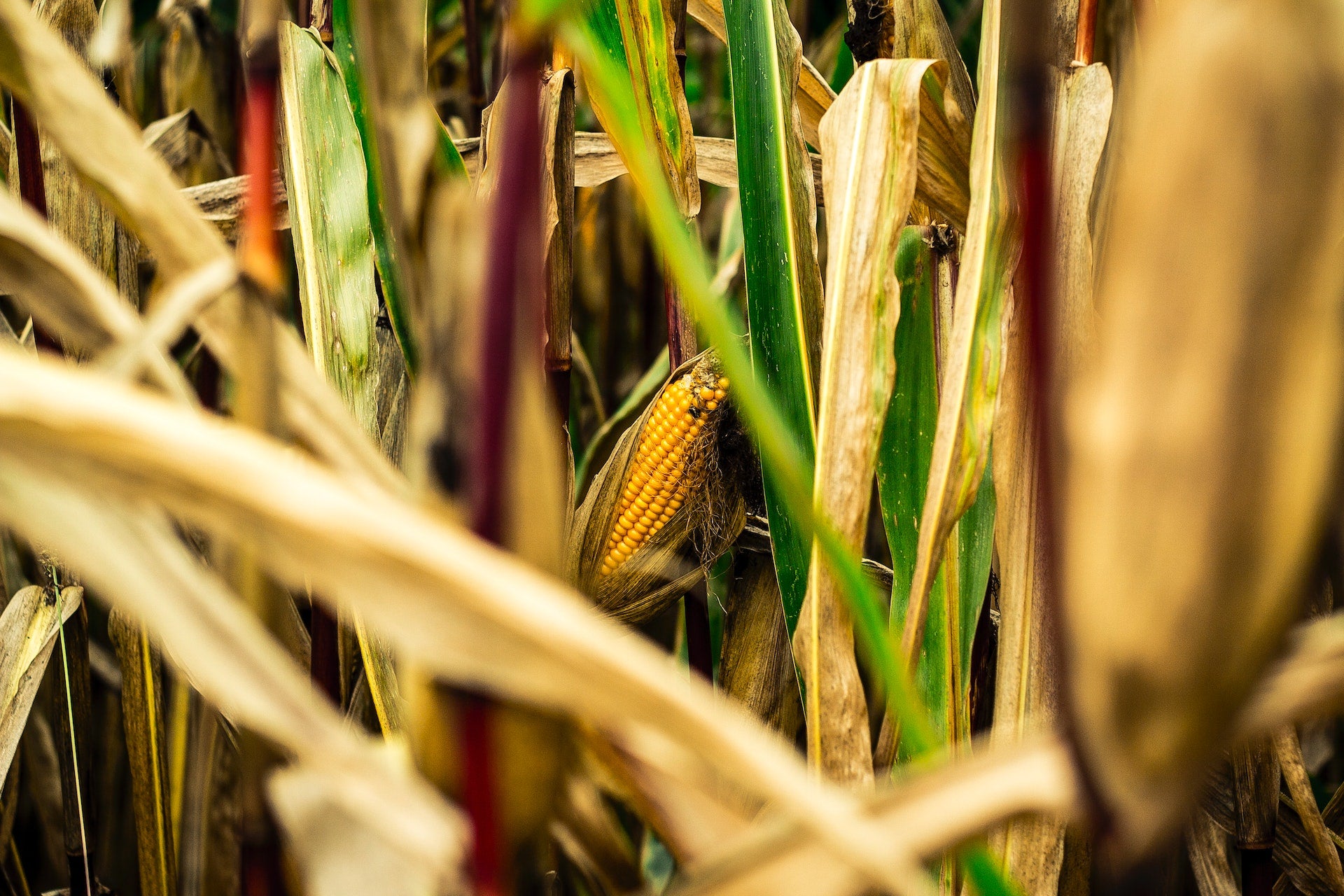PLA (polylactic acid) cutlery is made using a process similar to that used for traditional petroleum-based plastic cutlery. PLA, a biodegradable and bio-based thermoplastic, is derived from renewable resources such as corn starch, cassava, or sugarcane. The process of making PLA cutlery typically involves the following steps:
First, we need resin
The raw materials, such as corn starch or sugarcane, are fermented to produce lactic acid. This lactic acid is then polymerized to create PLA resin. The resin is formed into small pellets, which are easier to process and transport.
Time to dry
PLA resin pellets are dried to remove any residual moisture that could cause defects or inconsistencies during the manufacturing process.
Up next, melting and plasticizing
The dried PLA pellets are fed into an injection moulding machine, where they are heated and melted. The molten PLA is then plasticized, meaning it is transformed into a homogeneous, viscous mass suitable for moulding.
The fun part - injection moulding
The plasticized, molten PLA is injected into a mould cavity shaped like the desired cutlery item (e.g., fork, knife, or spoon). The mould is usually made of metal and designed to withstand high temperatures and pressures.
Let it set
Once inside the mould, the molten PLA is cooled rapidly, causing it to solidify and take the shape of the mould cavity. This process creates the rigid structure of the cutlery.
The big reveal
After the PLA cutlery has cooled and solidified, it is ejected from the mould using pins or compressed air. The cutlery may still be slightly warm at this point.
Finishing it off and checking the quality
Any excess material, such as flash or sprues, is removed from the cutlery, and the pieces are inspected for quality. This may involve checking for defects, such as warping, bubbles, or surface irregularities.
Packaging
The finished PLA cutlery is packaged for distribution and use, often in biodegradable or eco-friendly packaging materials.
Now you know (more or less) how PLA comes to fruition and is crafted into our biodegradable cutlery. Importantly, PLA is only compostable under specific conditions, such as those found in industrial composting facilities. It is essential to dispose of PLA cutlery properly to ensure its environmentally friendly decomposition.




